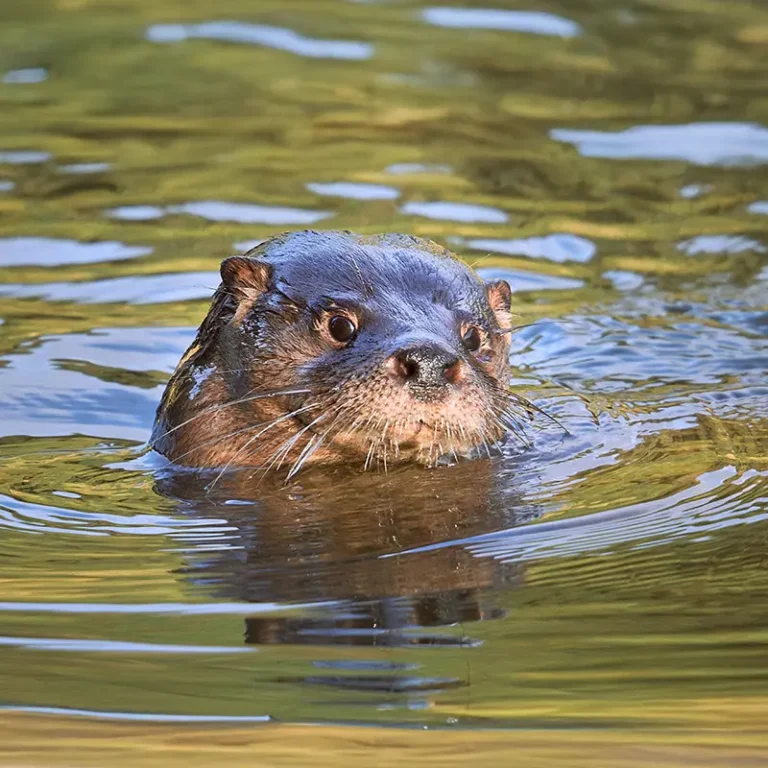Context and objectives
The Huillín project is part of a long-term work that had its beginnings in the doctoral research of Lali Fasola, completed in 2009, in which the situation of this species was studied throughout its distribution in Patagonia. From 2016, we resumed activities with the aim of updating knowledge on the current status of its populations in hydrographic basins of northern Patagonia (Provinces of Neuquén, Río Negro and Chubut), identifying new threats and determining the reasons for its lack of recovery in the Río Limay basin. We are studying the genetic structure of the huillín groups of Northern Patagonia and working on the construction of spatial connectivity models to identify areas that could be crucial to protect to restore environmental connectivity for the huillín and favor its natural recovery. To study the huillines we use traditional methodologies, such as the search for signs (footprints and feces) to determine their presence. We are also incorporating the use of eDNA (environmental DNA) to determine its presence from the collection and analysis of water samples.
Our actions
- We are developing a management plan aimed at both strengthening existing populations and generating new population centers in the region. We wrote this plan together with researchers from the Northern Patagonia Regional Directorate of the National Parks Administration, who are also involved in the research.
- In addition, we understand that environmental education is crucial in promoting the recovery of the huillín in Northern Patagonia. There are many sectors in the region in which the Huill[in must recover and coexist with communities in which huillines are unknown or are characters in the stories of grandparents. It is necessary to inform and prepare this interaction, and for this we work with National Parks and with the Wildlife Directorate of the Province of Chubut mainly.
- All this effort is developed with the purpose of generating solid information on the ecology of the species and the state of the environments it inhabits.
Habitat and behavior
It inhabits freshwater systems in northern Patagonia and the marine coasts of Tierra del Fuego and Isla de los Estados. In northern Patagonia, they are usually found in lakes and rivers in wooded environments and steppe rivers. They are solitary and are often found swimming, diving in search of food. They use caves between rocks or logs as dens.
Feeding
In freshwater systems, it feeds on aquatic prey: fish and crustaceans of the genera Aegla and Samastacus, when these are available.
Reproduction
Huillines reproduce once a year, during autumn-winter, and each litter generally has one pup. Parental care is entirely the responsibility of the mother. The juveniles disperse at the end of the summer.
Curiosity
They are excellent divers and can dive to depths of more than 10m. They measure 1-1.10 m long and weigh between 8 and 10 kg. Their territories cover stretches of coastline of approximately 10 km.
Threats
The reduction in its population was mainly due to hunting, since its skin is of high quality for shelter. Since 1960, it has been a species protected by the National Wildlife Law, and although hunting has been prohibited since then, its populations do not currently show a significant recovery due to fragmentation, habitat loss, and lack of connectivity between occupied environments.






